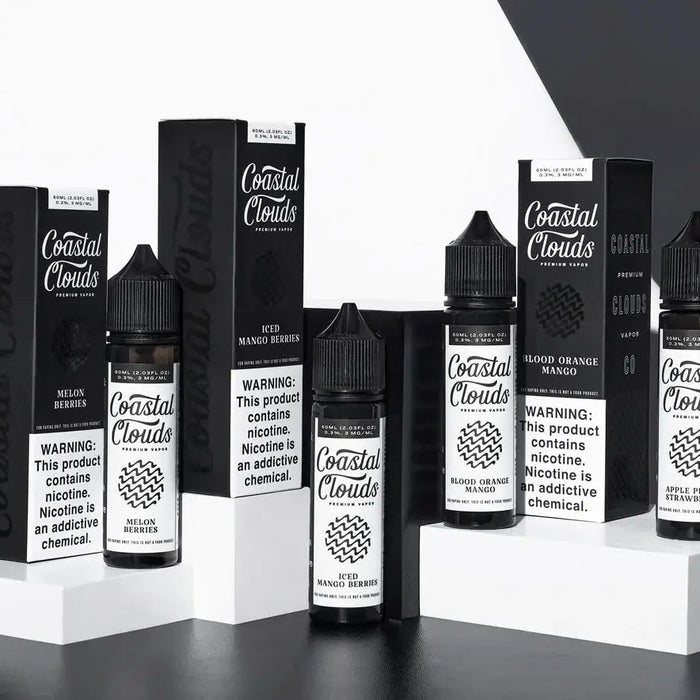The e-juice is an amazing product used with our devices, as they allow vapers to explore many flavor variations and receive an enjoyable experience during their time of using vaporizers. There are now millions of vapers worldwide that enjoy ejuice every day, and many of them are even aware of the ingredients that make up ejuice, but not all of them are aware of what role those ingredients actually play.
The most popular ingredients in ejuice is the nicotine and flavoring, as those are the parts to ejuice that deliver the most satisfying part of the whole experience. However, without the other two ingredients, propylene glycol and vegetable glycerin, the ability to vaporize the liquid wouldn’t be possible. Take a moment and allow us to explain what these two ingredients are, their role in the whole scheme of things, and allow us to explain the difference between the two.
Propylene Glycol
Propylene Glycol is one of the main ingredients used in ejuice. Many abbreviate the name and refer to it as “PG”. Though many probably aren’t aware of it, PG is an organic compound that is often used in many products that we purchase, such as ice cream and soda. This liquid ingredient used in ejuice is a very thin liquid. There are several benefits to using PG as an ingredient in ejuice, one of the main reasons being that it’s known to promote flavor better or enhance it. Even though this ingredient is used in ejuice, it isn’t the main ingredient known for creating the cloud-like experience. Instead it’s more-so used to dilute that Vegetable Glycerin liquid and to dilute flavor for a more enjoyable experience. And lastly, PG is a great addition to the whole property of ejuice because it increases the harsh feeling that many users seek. Users found this feeling satisfying, as it created a similar effect found in smoking. The harsh feeling is referred to as a “throat-hit” by many.
Vegetable Glycerin
Vegetable Glycerin is also one of the main ingredients used in ejuice. Like Propylene Glycol, many abbreviate the name and refer to it as “VG”. VG is a sugar alcohol compound that is often found as a sweetener in liqueurs and cake frosting. It has a high viscosity, meaning it’s a thick liquid. It’s highly known for its ability to create the cloud-like experience that many users enjoy, and that’s due to the fact that VG has the ability to capture moisture molecules.
The Difference Between PG and VG
Both Propylene Glycol and Vegetable Glycerin can be looked at as the Yin and Yang of ejuice. Although they’re the complete opposites and are used for total separate reasons, they both work perfectly with one another, picking up the slack where the other lacks. On one side, PG isn’t great for creating large vapor volume, while VG is. Then, VG isn’t the best for increasing the potency of flavors, while PG is. PG is also known for increasing the throat-hit feeling, while VG is better for a smoother feeling in the throat. The two liquids are very different, yet work in sync with one another to create one incredible product called ejuice.
Now that you know the difference between the two, head on over to the Ejuice.Deals store to pick up your very own bottle of perfectly balanced PG/VG ejuice!




